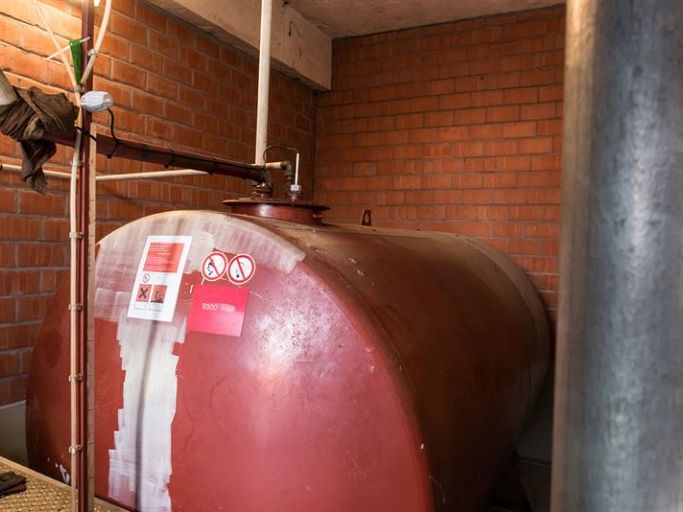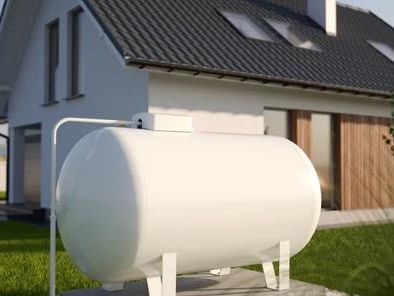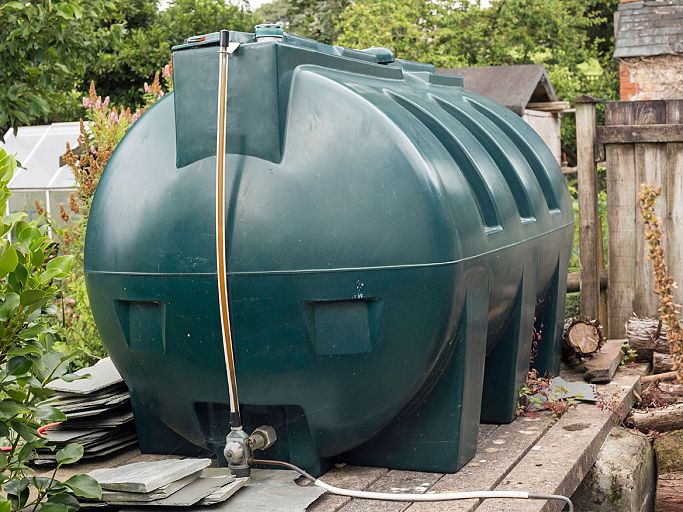Single Skin vs. Double Skin Oil Tanks: Which is Right for Me?
18th October 2023 in oil

If you're considering getting an oil tank, you might have come across terms like single skin oil tank and double skin oil tank. These are essentially different types of tanks with their own unique features and benefits. Another term that's related to double skin oil tanks is bunded fuel tanks. But what are the differences, and which one is right for you? Let's dive in!
Key Differences between Single Skin and Bunded Oil Tanks
- Design: A single skin oil tank is just that – it has a single layer. On the other hand, a double skin oil tank, often referred to as a bunded oil tank, has an outer layer that surrounds the inner tank, essentially giving it two protective skins.
- Safety and Protection: The main difference between these two types lies in their level of protection against leaks. If a single skin oil tank gets damaged, there's nothing stopping the oil from spilling out. However, with bunded fuel tanks, the outer layer (or bund) provides a second line of defence. If the inner tank leaks, the oil will be contained within the bund.
Benefits of a Double Skinned Tank
When it comes to oil storage, double skinned tanks stand out for several reasons. Not only do they offer superior protection, but they also provide long-term advantages that are hard to ignore. Let's investigate the key reasons for opting for a double skinned tank.
- Spill Protection: As mentioned, the extra layer in bunded oil tanks offers additional protection against oil spills.
- Longevity: Double skinned tanks often have a longer lifespan because they are designed to protect against external damage, including environmental factors.
- Peace of Mind: Knowing that there's an added layer of protection can give homeowners and business owners peace of mind, especially in environmentally sensitive areas.
Applications/Markets that Use Bunded Oil Tanks
Bunded oil tanks aren't just for one specific use; they're chosen by many different industries and areas. Let's see where these tanks are commonly used.
- Industrial and Commercial: Many businesses in the industrial and commercial sectors choose bunded tanks when they need to store large amounts of oil. This is because these tanks offer the highest level of safety.
- Residential: Many homeowners, particularly in areas that are environmentally sensitive, prefer using bunded tanks. This choice helps them guard against any possible damage to the environment or their garden.
- Agriculture: Farms and agricultural businesses frequently rely on bunded tanks for their fuel storage needs. These tanks are especially beneficial as they help prevent any potential contamination of the ground, ensuring the machinery runs smoothly without harming the environment or crops.
What about Steel Oil Tanks?
An alternative to bunded tanks, steel oil tanks are renowned for their durability and strength, making them a preferred choice for various applications. These tanks are especially popular in heavy industrial settings, where the robustness of steel offers added security against leaks and damages. Different types of customers opt for steel oil tanks, including large-scale manufacturing units, commercial enterprises, and even some residential users who prioritize longevity in their storage solutions. The versatility of steel tanks, coupled with their long lifespan, makes them a reliable choice for those seeking both efficiency and endurance.
UK Regulations for Storing Oil
When it comes to ensuring the environment's safety and health, the UK doesn't take oil storage lightly. With a clear emphasis on ecological protection, the country has set firm guidelines. Let's explore into oil storage regulations for the UK.
Domestic Oil Storage Regulations:
- Tanks with a capacity over 2,500 litres must be bunded.
- The oil storage tank must be at least 10 feet away from boundaries if it can hold more than 3,300 litres.
- Secondary containment (like a bund) must be capable of holding 110% of the tank’s capacity.
- Tanks must be made of a material suitable for the oil type stored.
- Regular maintenance and checks on the tank are necessary to avoid leaks and spills.
Commercial Oil Storage Regulations:
- All tanks with a capacity over 200 litres must be bunded.
- Bunds must be able to contain 110% of the contents of the tank or, if there's more than one tank in the bund, 110% of the tank's contents with the largest volume or 25% of the total volume to be stored, whichever is the greater.
- Tanks should be positioned at least 10m away from inland or coastal waters.
- Preventative measures must be in place to avoid overfilling.
- Regular inspections and maintenance are essential to prevent leaks or failures.
Remember, these are simplified regulations. If you're considering installing an oil tank or currently own one, it's always best to refer directly to the UK government's detailed guidelines and seek advice from our expert team here at Tanks R Us.
Bunded vs Single Skin Oil Tank: Which is Best for You?
Choosing between a single skin oil tank and a bunded one boils down to your needs and priorities. If you want maximum protection against leaks and spills, and you're storing large amounts of oil or are located in a sensitive area, a bunded tank is the better choice (and often a legal obligation). However, if you're on a tighter budget and are storing smaller amounts in a less sensitive area, a single skin oil tank might suffice. Always remember to check local regulations before making a decision.
In conclusion, while both types of tanks serve the primary purpose of storing oil, their design and level of protection differ. Assess your needs, the potential risks, and the regulations in your area before making a decision.
One of the largest selections of tanks in the UK
Chat online or call us today on 01469 531229
Related Products
More Articles

How to Prevent Oil Theft – 8 Security Measures
1st August 2022 in oil

7 signs your oil tank needs replacing
4th August 2022 in oil

What are the advantages of a bunded oil tank?
6th August 2022 in oil

Our top 8 ways to maintain your oil tank
8th August 2022 in oil
Help
About Us
My Account
Newsletter Sign Up
Inspiration direct to your inbox, please enter your email below...
© Tanks R Us. All rights reserved. Registered in England. Registration number. 05804332. VAT number 364402764